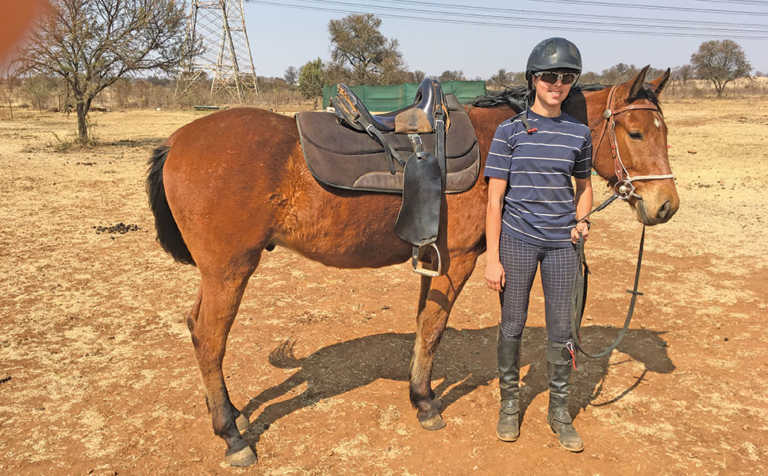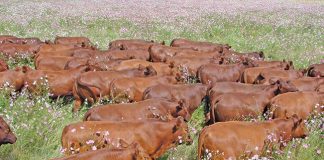
Photo: Supplied
In 1855, six years before the start of the American Civil War, US Cavalry officer Captain George McClellan travelled to Europe as part of a commission to investigate military tactics and equipment, including saddles.
The commission’s visit coincided with the Crimean War.
McClellan then went back and designed a saddle for the US Cavalry. There is some argument about whether the final saddle design was based on saddles used in Hungary and Prussia, or existing saddles used in Mexico, which had a Spanish tree.
Both could be true: the Spanish Riding School was initiated in Austria, and the saddles shown in contemporary paintings have a definite Spanish influence, with a high pommel and cantle and sidebars similar to those of the McClellan.
A simple, wooded design
The original McClellan saddle was made of wood, so was fairly lightweight and affordable.
The most important innovation was its simplicity and that it could be adjusted using two straps on each side to match the conformation of the horse’s back and the rider’s weight distribution. It was sturdy and had rings or loops to which a blanket roll or rifle could be attached.
The McClellan saddle was adopted by the US War Department in 1859 and has since been called the M1859 model.
It was used mainly by the Union army during the American Civil War (many in the Confederate army provided their own saddles) and in many cowboy films.
By the time the McClellan reached South Africa, the saddle trees were covered by leather and a thick square of leather had been attached under the quarter-strap rings fastened on each side to the girth (known as a cincha) to stop them chafing.
Allegedly, one reason the McClellan has remained so popular is that thousands were made in the US and they could be bought second-hand.
The first examples probably came out to South Africa for use on farm horses, and the saddle was used by both Boer and Brit during the South African War.
Over the past 50 years, it has been used by the military for border patrols and mounted police tracking stock thieves.
It is also used for pony-trekking in Lesotho and for horses on game farms and cattle ranches.
With the advent of Endurance riding, the McClellan became popular for beginners as it is easily available, cheap and almost indestructible. It can fit most Arabian-type horses with broad, flat withers and well-muscled backs.
The McClellan went out of fashion for a while, but has been reincarnated as a simple, cheap saddle for stock riders.
Today it is also made of fibreglass, but must be fitted correctly. The two straps attached to the quarter-strap ring (to which an adjustable cincha is attached), must have adjustable buckles.
The cantle must never press on the horse’s withers when a rider is mounted; this can be prevented by shortening the back quarter strap on each side. Folding a cavalry blanket properly is an art, but modern McClellans usually come with a thick woollen saddle pad.
Several South African saddle makers advertise the McClellan online. It’s best to check whether it fits well and is comfortable for horse and rider. Usually, it does not fit a horse with high withers, such as an English Thoroughbred.
Dr Mac is an academic, an equine veterinarian and a stud owner.












